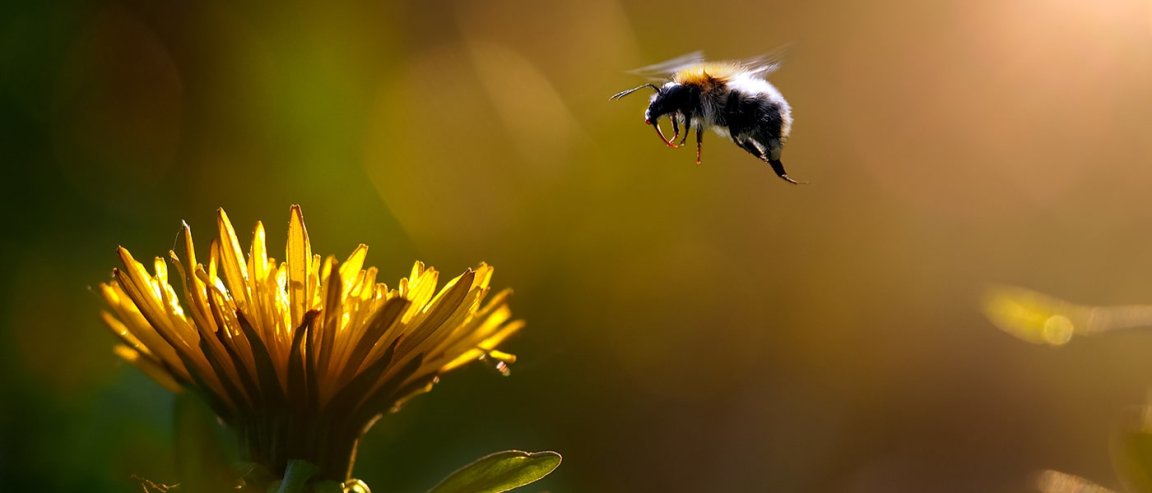
Generating Buzz
For the very first time in the history of the U.S. Fish and Wildlife Service, a species of bumblebee has been placed on the endangered species list in the continental United States. As of February 10, 2017 the United States government will recognize the rusty-patched bumblebee (Bombus affinis) as an endangered species. The first time a bee species was placed on the list occurred last October in Hawaii when seven bee species were placed on the list. Canada placed the species on its endangered list back in 2012.
At the height of the bees’ existence in the 1990s, the rusty-patched bumblebee could be found in great numbers in 31 states and Canadian provinces. By the start of the new millennium, those numbers dwindled by 88 percent, and the territories inhabited by the bees decreased by 87 percent to only 13 states and Ontario, Canada. “Bumble bees are dying off, vanishing from our farms, gardens, and parks, where they were once found in great numbers,” says Rebecca Riley, Senior Attorney at the Natural Resources Defense Council.
This designation opens the door to a variety of federal resources aimed at the preservation and recovery of the species. Federal funds are available to states which are home to colonies of the bumblebees. The rule cites the species as especially susceptible to habitat degradation given their feeding habits. “The rusty patched bumble bee is one of the first bumble bees to emerge early in the spring and the last to go into hibernation, so to meet its nutritional needs, the species requires a constant and diverse supply of blooming flowers.”

Mass Extinction Stinks
Pollinator endangerment is not just a problem in the United States. Bee populations across the globe are on a rapid decline, putting the world’s food crops in danger as well. According to the United States Department of Agriculture (USDA), bumblebees and other pollinating insects are responsible for helping pollinate 75 percent of the fruits, nuts, and vegetables we eat. Taking bees out of the equation will threaten the world with an unprecedented global food crisis.
Many scientists feel that we have entered into a new epoch in the development of the Earth. The Anthropocene epoch is categorized by the significant role human activity is having on the Earth. One of the most harmful factors contributing to the decline of many species of bees are the parasitic varroa mites. These mites were introduced by humans from small areas in Asia to the rest of the world outside of Australia, Hawaii, and central Africa. Other human factors impacting bee populations include pesticide use and climate change in general.
Experts are pointing to the world currently entering a sixth mass extinction event. While a great variety of species are close to the brink of extinction, none would have quite the same impact on human ability to survive. Federal protections and resources are just a small part of the effort to sustain these essential animals. More must be done to ensure their survival and re-emergence.